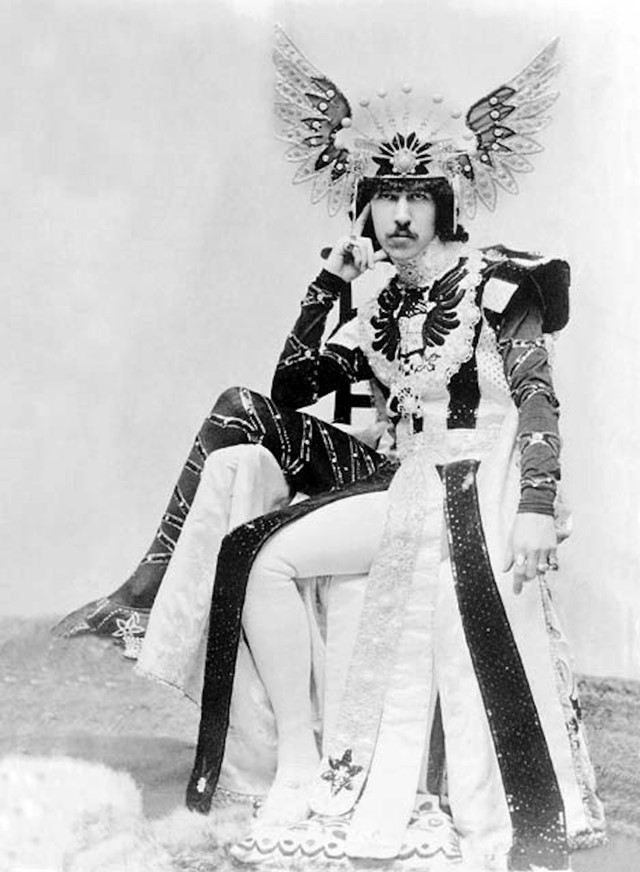Here we look back at The Inaugural Summer Saunter, which celebrated sartorial elegance with a dashing stroll from Ludgate Hill to Berkley Square.
To saunter – “To Muse, be in reversie… to walk with a leisurely gait.” Dating back to the seventeenth century, the word saunter is historically associated with a bygone era of tailcoats, top hats and crinolines. The habit was revived in 1960s by the Kings Road crowd, evolving into punk rockers and eventually the new romantics of the 1980s. Groups would gather and stroll, united by their sartorial indulgence and dapper style. The idea was celebrated earlier this month in The Inaugural Summer Saunter 2013 – the brainchild of Tim Lord and Albion Geovictwardian. Well-heeled men strolled from St Paul’s Cathedral at the top of Ludgate Hill to Berkeley Square, Mayfair. “The impulse of these earlier movements was the primogeniture of The Inaugural Summer Saunter 2013,” explains Albion, a leader in the Geovictwardian movement, an underground drive of Dandy highwaymen who take elements of historical British dress from the Edwardian, Victorian and Georgian periods to reinterpret current and future dress. The walk comprised of men of varying ages, united by their traditional dandy-style, from regency bucks and Edwardian boaters to Gatsby three-piece suits and frock coats. Here, AnOther speaks to Albion about the summer saunter and the appeal of the dandy.
How did The Inaugural Summer Saunter come about?
I dropped into the occasionwear shop, Favourbrook, on Jermyn Street, in order to examine some of the new shirts and to have a chat with the stylist Tim Lord who is based there. I began by saying that it was a pity that men and women seemed to think that they could only wear tailcoats, double breasted waistcoats and the like for a race meeting or a wedding and did not sport these stylish and unusual garments on a daily basis. We were sparking ideas off each other, speculating on The Tweed Run, the earlier promenaders, the flaneurs (French aristocrats who wafted around the streets of Paris in their masculine finery) when suddenly the notion of the Summer Saunter emerged from out of the ether.
"If the “dandy” era is taken to include the Geovictwardian period, roughly from 1714-1914, the proportions of the garments echoed the classical dimensions of ancient Greek and Roman architecture"
Who was involved in the walk? Men of different ages and professions?
The youngest saunterer was Merlin, aged 19, who is a writer and undergraduate at the New College of the Humanities. I was the oldest at 53, being a freelance legal consultant, writer and businessman. Between us there were men of diverse backgrounds and ages: a barrister in his twenties; an artist in his thirties; a designer in his forties.
What were some of the most interesting garments being worn?
One chap wore a short Regency style dark velvet frock coat which he had adapted from another jacket, matched with a bicorn hat, again created by him, with contrasting cream fall front trousers. Another wore very stout highly polished brown working men’s lace up boots which were half sprung so that the toecaps curled upwards, like shepherd’s boots, almost in a comical manner.
What is it about the dandy period that is so sartorially appealing?
If the “dandy” era is taken to include the Geovictwardian period, roughly from 1714-1914, the proportions of the garments echoed the classical dimensions of ancient Greek and Roman architecture – save that the clothes were designed for the human frame. The balance and natural beauty which are apparent in those buildings, often felt on a visceral level, is experienced when beholding a man attired in accordance with those fundamental principles.
Text by Mhairi Graham
